Our latest news and views English
Underpinned by our Scandinavian design heritage, we bring you regular stories about architecture and interiors, exploring natural materials, acoustics, and the creation of safe and harmonious environments.
In classrooms, corridors, and shared spaces, the acoustic environment influences students’ focus, learning, and wellbeing every single day. Noise and reverberation are hidden performance-drainers, but with the right material choices, it’s possible to create school environments that both feel and function better.
Here are 5 acoustic tips to help you design quieter, safer, and smarter schools:
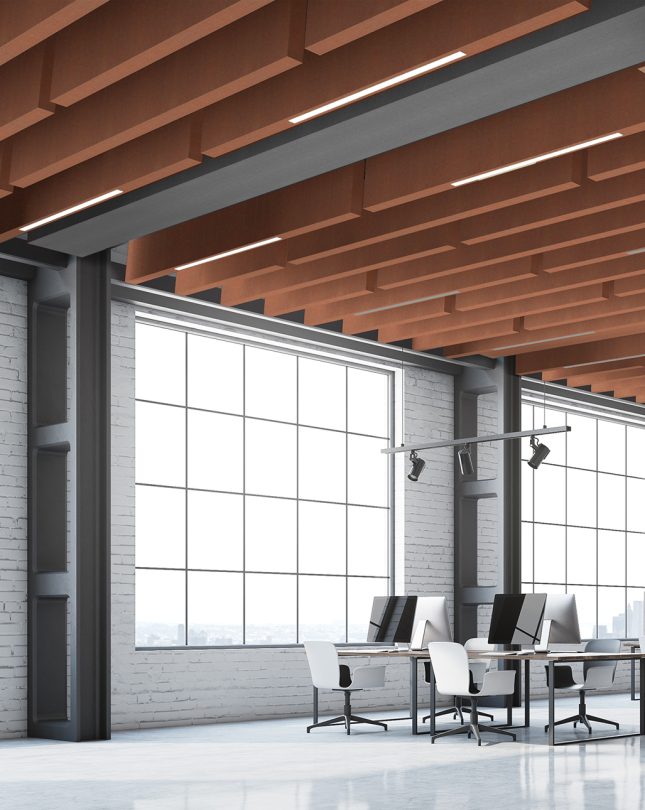
Sound travels rapidly in open areas and reflects off hard surfaces. Schools often feature generous ceiling heights and durable finishes, which can create reverberation if untreated. This can compromise speech intelligibility and elevate stress levels – especially in large classrooms, cafeterias, or gym halls. Tackling the ceiling first gives you the largest surface area to work with acoustically.
Feltfon baffles from Gustafs deliver excellent sound absorption while offering a lightweight, suspended aesthetic suited to contemporary schools. They are easy to install and can be customized in colors and shapes to align with the school’s visual identity.
Walls are more than boundaries—they’re opportunities. In educational environments, walls can not only define space, but also actively enhance sound comfort and architectural identity. By incorporating acoustic solutions into wall design, you create rooms that are both inviting and acoustically efficient.
Harsh reflections from hard surfaces like concrete or glass can increase reverberation and undermine concentration. Soft, sound absorbing wall panels, on the other hand, calm noise and provide warmth. Natural wood is beloved in schools for its warm, tactile feel, but its acoustic performance depends on design.
With Gustafs Linear Ribs or nano perforated wood panels, you get a solution that marries natural aesthetics, class A sound absorption, and fire class B s1,d0. The result? Walls that uplift the space—visually, texturally, and acoustically.
At Glöstorpsskolan in Gothenburg, Linear Rib in varied dimensions transforms corridors into serene, warm spaces while improving acoustics. The intarsia artworks by artist Emma Löfström contribute artistic expression, blending craftsmanship, education, and improved sound quality.
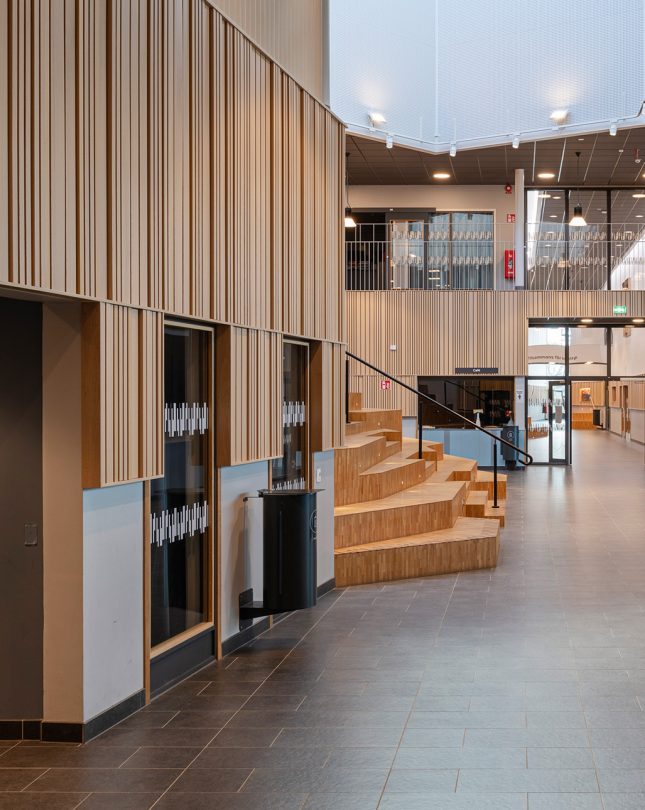
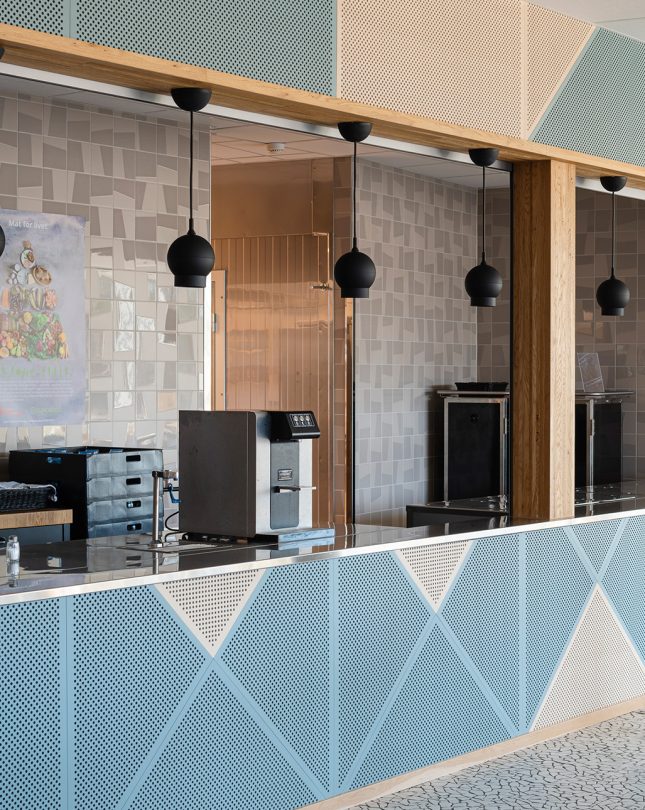
Acoustics aren’t exclusive to teaching spaces. Group rooms, circulation areas, and communal hubs play an equally vital role in the overall acoustic experience. Sound traveling through a building can impact concentration, behavior, and even recovery during breaks.
In Fagerhultskolan i Hindås, Sweden, Gustafs acoustic panels have been installed in the school bistro and adjacent café—intended as informal gathering places. The acoustic design maintains calm and balance even during busy periods, offering students and staff a better environment for social interaction and reflection.
Schools are environments where children spend long hours breathing in indoor air. Materials must meet high technical standards, while ensuring excellent air quality and hygiene. Fire safety is non-negotiable, yet traditional fire-retardant treatments often rely on chemicals that may off-gas over time—creating a tension between safety and health.
Gustafs products meet fire class B‑s1,d0 without added fire retardants, and they have extremely low emissions. That makes them a trusted, long-term solution for school environments that prioritize both safety and air quality—without compromise.
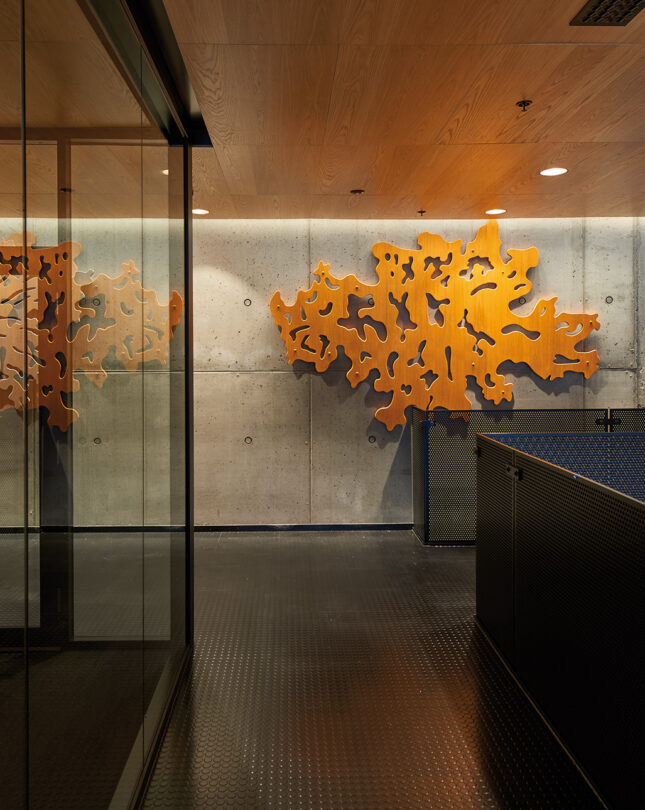
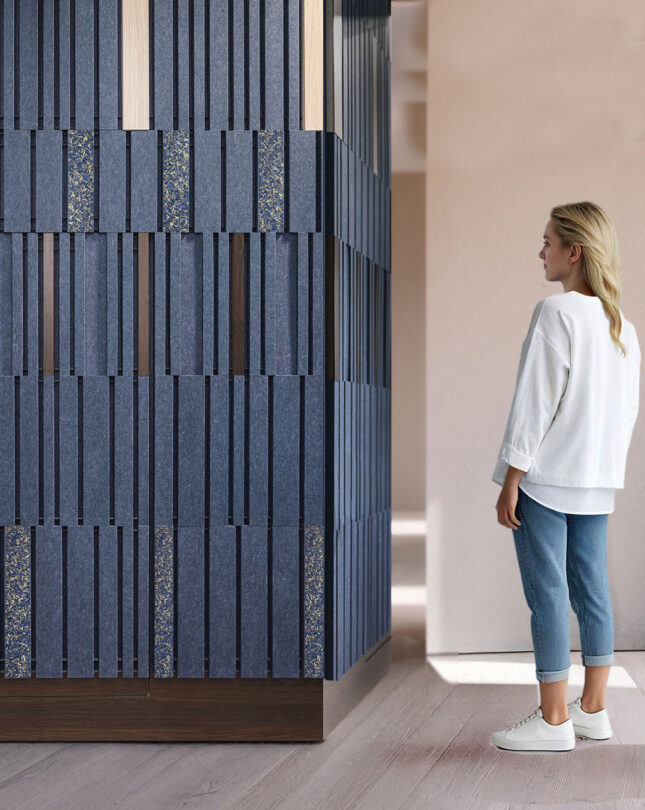
Sustainability goes beyond recycling—it’s about designing for durability and circularity. Schools need robust solutions that endure, with low environmental impact and material traceability.
Feltfon panels from Gustafs are made with up to 50% recycled PET, while other products include up to 94% recycled content and 98% natural materials. More than that, our panels and ribs are built to last for decades. They maintain performance and aesthetics even in high-traffic environments.
Thanks to high material quality and detachable mounting systems, these elements can be disassembled, refurbished, and reused—making them a future‑proof choice for schools seeking to combine architectural quality with circular responsibility.